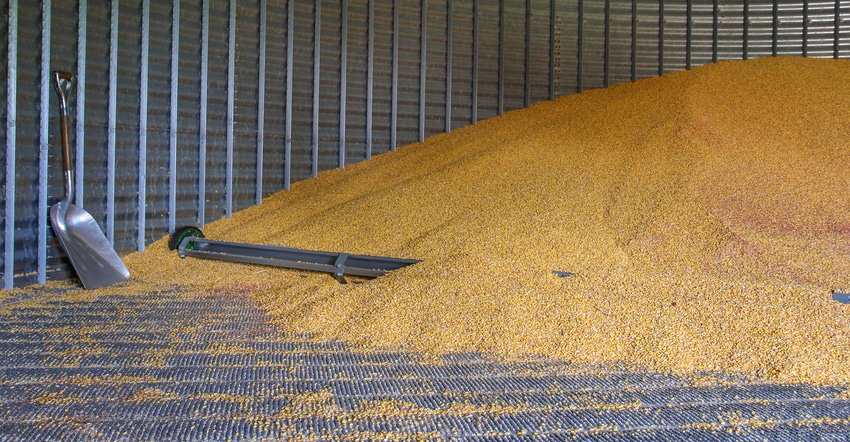
Marcia Shannon's phone was not ringing off the hook this month with calls from pork producers concerned about corn quality. "There were zero issues relative to mycotoxins this year," says the University of Missouri Extension swine specialist. However, that does not mean livestock producers should not be concerned with feed quality — more specifically, crude protein content.
During MU's Swine Institute, Shannon shared that over the last few years, crude protein content has been decreasing in corn used for feed. The reason? Higher yields.
"In 2015, the average crude protein level was 8.2%," she says. "That is lower than 2014 and 2013."
According to Shannon, today's high-yielding corn varieties contain more starch, which is valuable for the food (starch, dextrose and high-fructose corn syrup) and ethanol processing industries, but these varieties also contain lower levels of protein and amino acids. So, higher yields equal less protein.
Pork producers feeding corn need to know crude protein content to develop feed rations.
2016 crop rebounds
The latest U.S Grains Council Grain Harvest Quality report, released this month, actually shows an uptick in crude protein content for 2016 to 8.6%, but that figure is still slightly lower than the five-year average of 8.7%.
Starch content was lower at 72.5% (dry basis) — a decrease from 2015, 2014, and the five-year average of 73.4%.
However, protein levels vary depending on region. In the U.S. Grains Council report, those states in the Upper Midwest saw averages of 8.7% protein, while the lower Midwest saw just 8.5%.
Get corn tested
According to Shannon, the bottom line is if pork producers are raising their own corn for feed, they should test it before they start feeding it. "If you are assuming a 10% crude protein corn, you might, at the end of the day, not have as much as expected," she warns. "It is best if you can get those analyzed for protein quality."
She admits that getting crude protein right was a bigger concern, with 2011 and 2012 and the $7 and $8 corn of those years. "Now, with $3.50, it is extra-hard to get that extra $20 to get [corn] analyzed," she says, "but it is something that needs to be done."
About the Author(s)
You May Also Like






